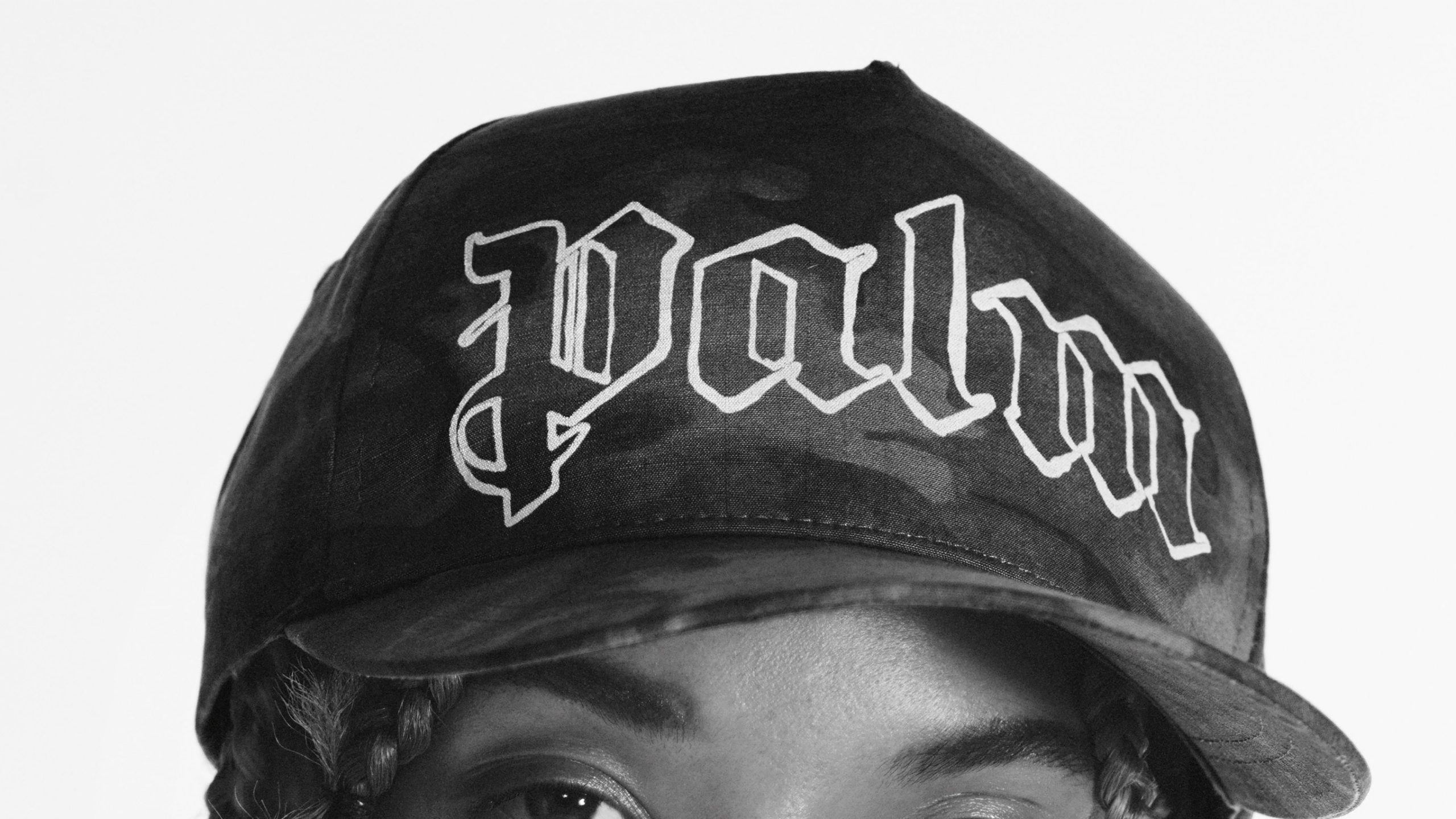It’s been nearly a year since Francesco Ragazzi showed a new Palm Angels collection. His fall 2020 show in New York was a uniquely physical experience, with a pulsing DJ set, a neon light installation, and a crowd packed with industry folks and fans. Some shows are calm, quiet affairs; this one had a tangible energy. To Ragazzi, the physicality of a show goes hand-in-hand with the tactility of his clothes; he’s a designer who likes to experiment with multiple techniques and finishes in a single garment, merging streetwise shapes with a luxe, often couture-like hand. So it isn’t a surprise to hear that videos and virtual “shows” are not his thing. He was content to sit out the spring 2021 menswear season last summer, and is revealing the collection as it arrives in stores and online right now.
With so much extra time, he also put together a distinctly analog experience: a printed book. Inside are snaps of the spring collection, behind-the-scenes photos of Ragazzi’s team in the Milan studio, and artwork by David Sims, Rosie Marks, Enzo Raggazini, Lea Colombo, and others. In the book’s introduction, Isabella Burley calls the tome “a celebration of the tactile,” a permanent keepsake to explain the collection in the absence of a show. More broadly, though, Ragazzi’s year of meditation convinced him that clothes aren’t enough anymore; a designer has to engage with their community and with the world around them, and offer value beyond the transactional sale of a jacket or T-shirt.
Ragazzi presented a tight edit of lounge-y pieces with signature PA details—paint-splattered pullovers, embossed hoodies, jacquard tracksuits—and items with tweaked proportions, like a shrunken bomber jacket and a full, buffalo-checked midi skirt. Many came with the distinctive green, gold, and red stripes of the Rastafari flag; Ragazzi noted that he’s a big reggae fan, and Jamaica is at the top of his list when he can travel again.
It’s a familiar motif, one we’ve seen in enough movies, fashion shows, and tourist shops to forget its deeper meaning. Far beyond our commercialized ideas of Rastafarianism—peace and love, marijuana—it is, in fact, a real religion, and the flag is its most visible symbol. It’s to Rastafarianism what the Star of David is to Judaism, or the crescent moon and star to Islam. Marine Serre has faced critique for her use of the crescent. Ragazzi’s intentions certainly aren’t malicious, but in 2021, consumers have come to expect a more thoughtful approach. It goes back to the bigger trend Ragazzi observed: that designers are responsible for more than just making covetable garments, and consumers want to see them using their platforms for good.
